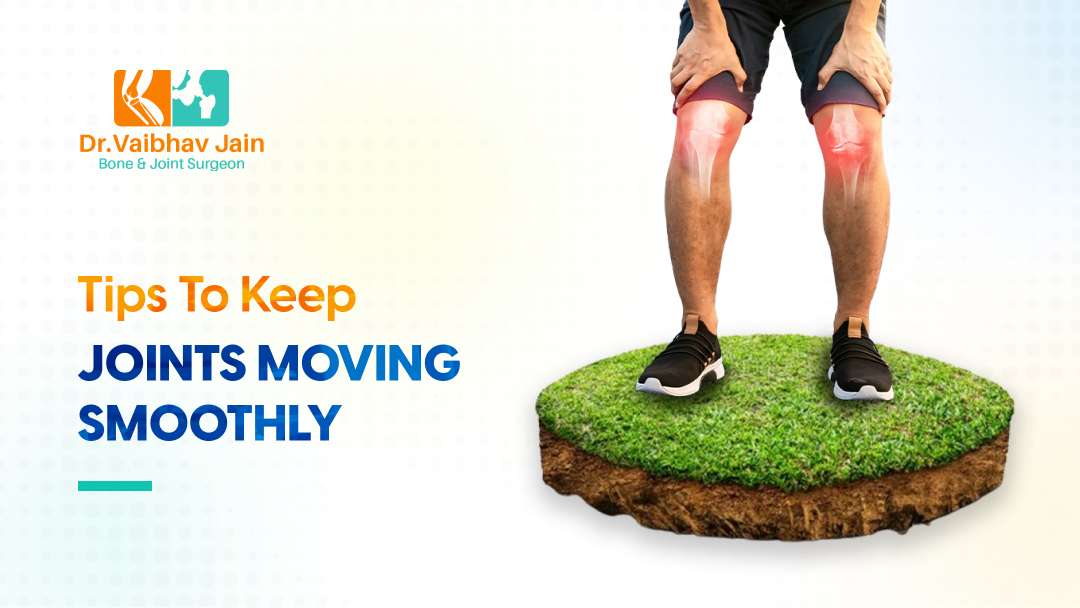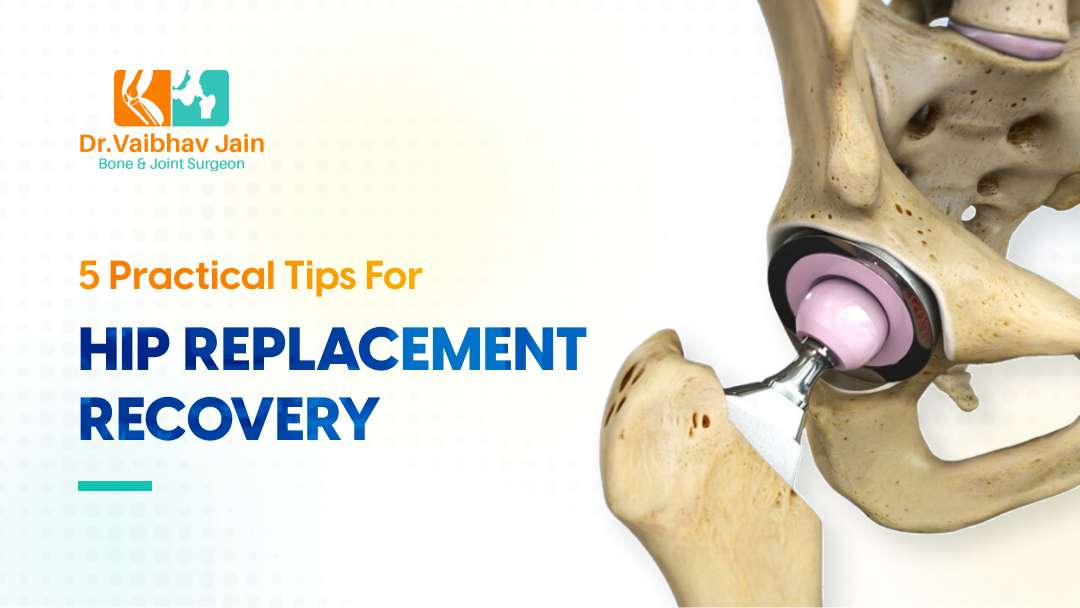Tips For Running After Knee Replacement
Running after knee replacement surgery can be a safe and effective way to improve your overall fitness and regain an active lifestyle.
For those who have undergone knee replacement surgery, running may seem like an impossible task. After all, the knee is a complex joint and it takes time to recover from a major surgery. But, with the right guidance and care, it is possible to run after knee replacement. In this blog post, we’ll provide a guide to running after knee replacement, including tips for safe and effective exercise.
Why Is Running After Knee Replacement Important?
Running can be an important part of recovery after knee replacement surgery. Regular exercise can help you to strengthen your muscles, improve your range of motion, and reduce joint stiffness. Also, running can also help to improve your health and well-being.
Running also has the potential to reduce your risk of developing osteoporosis, arthritis, and other age-related conditions. It can also help you to maintain a healthy weight, reducing the stress on your joints. Furthermore, running can also help to improve your mental health and reduce stress.
How To Prepare For Running After Knee Replacement
Before you begin running after knee replacement, it’s important to take the time to prepare. This will help to ensure that you’re able to run.
Get The Okay From Your Doctor
It’s important to get the okay from your doctor before beginning any kind of exercise after knee replacement. This is because your body may still be in the process of healing and you may not be ready to begin running yet. Your doctor will be able to provide the best advice for when you should start running and what type of exercise you should do.
Understand Your Limitations
It’s important to understand your limitations when running after knee replacement. You should pay attention to any pain or discomfort, as this may indicate that you need to rest or adjust your exercise routine. Also, you should also take into account any pre-existing medical conditions that may affect your ability to exercise.
Warm Up And Cool Down
Before running, it’s important to warm up your muscles and joints with a few minutes of light stretching. This will help to prepare your body for exercise and reduce the risk of injury. After running, you should take the time to cool down and stretch again. This will help to reduce any soreness or stiffness in your joints.
Tips For Safe And Effective Running After Knee Replacement
Once you’ve prepared for running after knee replacement, it’s important to follow a few tips for safe and effective exercise.
Start Slow
When beginning to run after knee replacement, it’s important to start slow. You should start with low-impact exercise such as walking and increase your intensity. This will help to reduce the stress on your joints and ensure that you’re able to complete your exercise routine.
Listen To Your Body
It’s important to listen to your body and pay attention to any pain or discomfort. If you feel any pain or discomfort, you should reduce your intensity or take a break. You should also stop immediately if you experience any severe pain or swelling.
Use The Right Shoes
When running after knee replacement, it’s important to use the right shoes. This will help to reduce the stress on your joints and ensure that you’re able to run safely and effectively. Make sure to use shoes that provide adequate cushioning and support.
Cross Train
Cross-training is also important for running after knee replacement. This will help to reduce the stress on your joints and ensure that you’re able to exercise safely and effectively. Cross-training can include activities such as swimming, biking, or yoga.
Get The Right Gear
When running after knee replacement, it’s also important to get the right gear. This can include compression sleeves or braces to support your knee, as well as other items such as a heart rate check or GPS watch.
Tips For Maintaining Long-Term Knee Health
Maintaining long-term knee health is crucial for enjoying an active lifestyle even after knee replacement surgery. Consider the following tips to promote the well-being of your knees:
- Consistency and regular exercise: Stick to a regular exercise routine that includes a variety of activities to maintain overall fitness and joint health.
- Maintain a healthy weight: Excess weight puts additional stress on your knee joints. By maintaining a healthy weight, you can reduce the strain on your knees and decrease the risk of future complications.
- Listen to your body and seek professional advice: If you experience persistent pain, swelling, or any concerns related to your knee health, consult with your healthcare provider or physical therapist for appropriate guidance and support.
Running after knee replacement can be safe if done with proper precautions and guidance. It is only safe to start jogging or running after six months following knee replacement surgery. Running after knee replacement requires careful consideration and adherence to proper guidelines.
Conclusion
Running after knee replacement can be a safe and effective way to exercise. Yet, it’s important to take the time to prepare and follow the tips outlined in this blog post. With the right guidance and care, running after knee replacement can be a great way to stay active and improve your health.
Frequently Asked Questions
It’s important to consult with your surgeon and physical therapist before starting any exercise program, including running. They will evaluate your specific condition and provide recommendations on when it is safe to begin running.
The recovery period after knee replacement surgery varies for each individual. Typically, it takes several weeks to a few months to recover before starting running. Your healthcare team will guide you based on your progress and healing.
If you experience pain while running, it’s important to listen to your body and make the necessary adjustments. Consider modifying your running technique, shortening your stride, or slowing down your pace. If the pain persists, consult with your medical professional for further evaluation.
Choosing appropriate running surfaces is important to minimize the impact on your knee joint. Opt for flat, even surfaces such as tracks or well-maintained trails. Avoid uneven or hard surfaces that can increase stress on your knees.
Managing inflammation and swelling after running is crucial for promoting recovery. Utilize techniques such as icing your knee, elevating your leg, or using compression garments to help reduce inflammation. If the swelling persists or worsens, consult with your healthcare provider.





